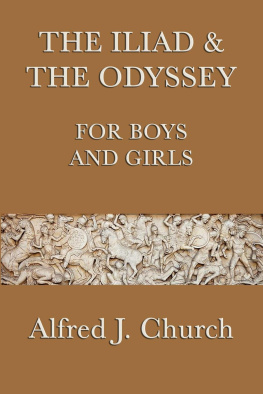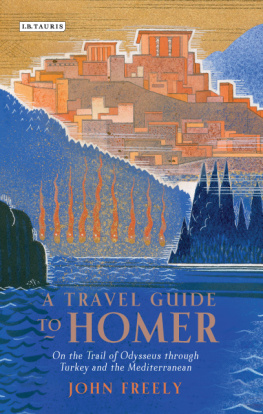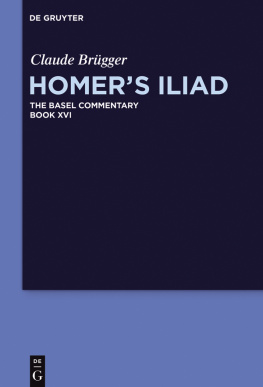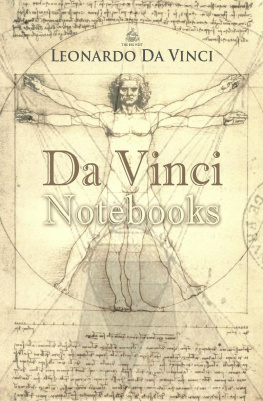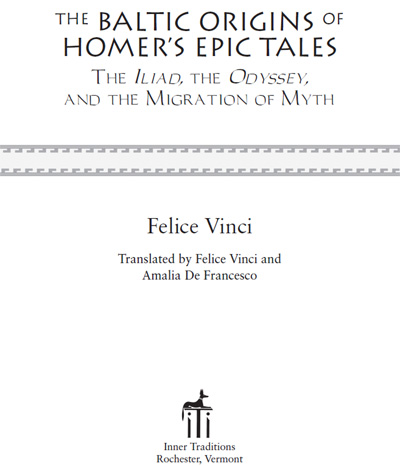
ACKNOWLEDGMENTS
I offer my thanks and acknowledgment to all those who have helped with the English edition of this book. They believed a strange theory by an unknown Italian, and in so doing defied the dogmas of the conformists. I thank first Frederic (Fredo) Jueneman, who handled the huge task of improving my English translation and made many intelligent suggestions. (He modestly spoke of a few things to benefit the cause.) Judith Davis has done heroic service at his side, correcting grammar, syntax, and typographical errors. I cannot forget Victor DeMattei, who gave the manuscript a preliminary reading and, like Fredo, spared no effort in spreading my theory.
I also acknowledge Laila Barr, Alfred and Amy De Grazia, Vine Deloria, Alberto DiPippo, Tom Van Flandern, Joscelyn Godwin, William Mullen, Leszek Wysocki, Dwardu Cardona, and many others who helped and encouraged me on this hard way.
I thank, on the other side of the Atlantic, Mrs. Soili Kuussaari (Finland), Erik Dahl (Norway), Tatjana Devjatkina (Russia), Karin Wagner (Germany), Peter Fletcher (England), and Finn Gemynth Madsen and Preben Hansson (Denmark). As for the help I received in Italy, I have many more people to thank than space allows. I must mention, however, Professor Rosa Calzecchi Onesti of Milan and Professor Giuliana Bendelli of the University of Pavia, who gave an extraordinary contribution in order to spread my theory in the academic world.
I particularly thank my son Vincenzo, the new Telemachus, who has cycled with me around Ly (Ithaca), and my Pinina, who has been of incomparable moral support, always at my side in the correction of the English draft of the manuscript.
Last but not least, I thank the unforgettable chairman of Mensa Italy, the late Menotti Cossu, the first enthusiastic supporter of my theory: Right now, on his cloud in the sky, he must be chatting with Homer about the news concerning the poet and his work in this lower world.
FOREWORD
Homers Iliad, which deals with the Trojan War, and Odyssey, the story of Odysseuss homecoming after the fall of Troy, are the earliest epic poems of Western literature. In a poll for the greatest books of all times and peoples, they would emerge near or at the top. It is no small matter, then, to strike at the roots of the received view of them: to claim that they are not Greek in origin, but rather describe peoples and events in ancient Scandinavia.
It is good to see those roots being attacked. Received beliefs are death to the mind, and minds that are alive and growing need to question them. It is itself a part of the historical process that history is in a perpetual state of revision, for knowing the past is not an exact science. Until someone invents a reliable time machine, the past can be seen only through the corrective lenses of the present, and these are sometimes very strong and distorting. For example, there are still people who wear the medieval spectacles of biblical literalism, for whom the entire past must be crammed into six thousand years. This book is an invitation to try on a new pair of lenses.
Often it is the experts who most resist new theories, but in this case the experts seem to have long been teetering on the brink of Vincis conclusions. Moses Finley, a scholar second to none, demolished the orthodox view that Homer describes the Mycenean Age and that Heinrich Schliemann had excavated the real Troy on the Turkish coast. What, then, does Homer describe? Prehistorians such as Stuart Piggott and Georges Dumzil see the Homeric characters as part of a wider Indo-European culture. Karl Kernyi, the mythologist and friend of Carl Jung, finds repeated links between Greek and northern European themes. Martin P. Nilsson, the Swedish historian of religion, comes out bluntly with a Nordic origin for the Mycenaeans. Then, after carbon-14 dating was recalibrated, in Lord (Colin) Renfrews words, The whole carefully constructed edifice [of prehistory] comes crashing down, and the story-line of the standard textbooks must be discarded. Stonehenge, it turns out, predates the Pyramids, and Balkan metalworking preceded that of the Aegean. The northern Europeans were not the inheritors but instead the ancestors of preclassical Greek culture.
According to Vinci, rereading Homer in this light further erodes the thick wall between myth and history. But for the Homeric account to be read as the history of far-northern cultures, the lenses we see through must be recalibrated too, and preferably by an exact science. At this point we turn to climatology, which has as good a claim as any to being a genuine science of the past, and view the period in question through its findings.
After the last ice age ended in Europe, around twelve thousand years ago, the climate gradually became warmer, reaching a peak in temperature between about 4000 and 2000 B.C.E. Then, for five hundred years or so, the temperature fell in the Northern Hemisphere, glaciers advanced, rainfall increased, and the vegetation changed accordingly. The inhabitants of Scandinavia (Norway, Sweden, Finland, Denmark) and the Baltic coast could no longer sustain the way of life to which they had been accustomed. The death blow came with the eruption of the Thera volcano around 1630 B.C.E. and the cataclysmic weather that followed it. The northerners abandoned their homeland and headed south, probably along the Russian rivers. One tribe, called by Homer the Achaeans, reached the Peloponnese (the main peninsula of Greece) and there founded the Mycenaean civilization. Of course, they brought their myths and histories with them. As Vincis theory goes, finding similarities between the Aegean region and that of the Baltic, they adapted to their new territory the names of their native towns, rivers, tribes, and so forth and resituated their epic stories there. But the two geographies did not quite fit, and that is why Homer seems not just to nod, as the old saying had it, but to make blatant errors when he describes the Mediterranean world.
Generations of classical scholars have mapped and remapped the journeys of Odysseus / Ulysses, trying to find a plausible scheme for them somewhere in the Mediterranean. But if we assumes that [t]he origin of the poem of Achilles, the Iliad, seems to be the regions of the Gulf of Finland, whereas the first nucleus of the poem glorifying Ulysses, the Odyssey, likely originated in the area of what is now Denmark, then Homer had made no errors.
What is the evidence for this startling claim? Vinci offers one instance after another of similar names in the two regions. Of course, finding similarities in words from different languages is a habit of maverick prehistorians that we may mistrust with good reason. It needs strong corroborative evidence, which in Vincis case comes from geographic parallelsriver for river, island for island, and so on.
The reader must decide whether this carries sufficient weight, but the authors most persuasive argument comes from his fresh approach to the Catalog of Ships, that interminable account in Book 2 of the Iliad, which recounts the origins of all the contributors to the Greek fleet who will battle the Trojans. As Vinci explains convincingly, when set on Baltic geography, the catalog is brought into focus as a systematic, counterclockwise tour of this northern coast.
At this point, another type of prehistorian enters, less respectable than those I have named here but strangely in accord with the ancient mythographers themselves: Bl Gangdhar Tilak was an Indian scholar and politician imprisoned in 1897 for agitation against British rule. In The Arctic Home in the Vedas, he situated his and his captors common ancestors not in the Baltic, but rather even farther north. There are many enigmatic passages in Homer and in other examples of ancient mythology that make sense only if they are set in lands where the sun does not rise for days on end in the winter or set in the summerthat is, within the Arctic Circle.
Next page

